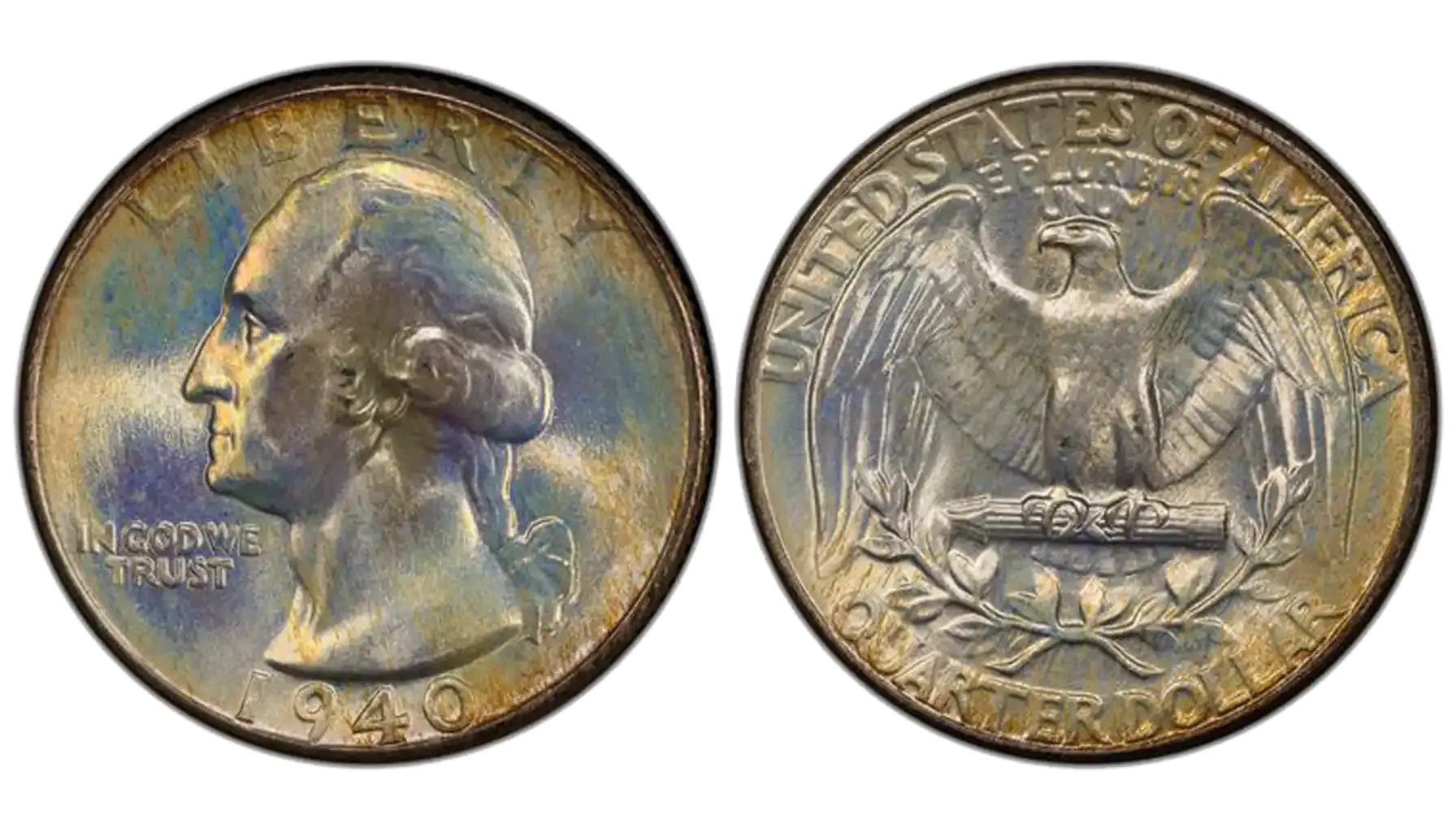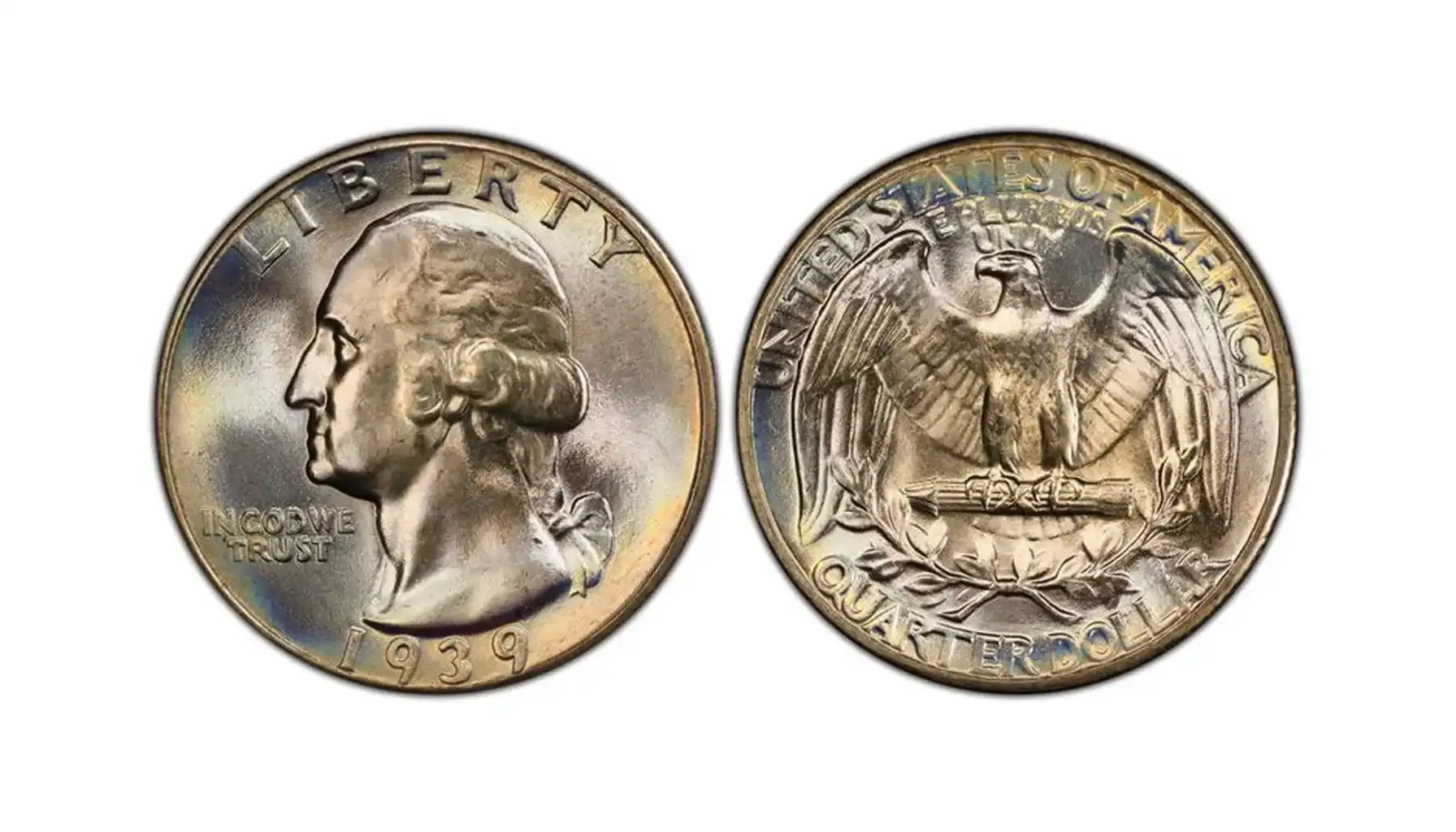Contents:
Each coin is a unique creation that has different signs that reflect its nature and type. In the majority of situations, one may easily identify when a coin was minted by simply looking at its markings which carry more significance than just delivering statistics and other important details alike.
So, what do the dates on the coins actually mean? What are the most prominent examples of the coins minted in Ancient times, and how to identify the coins and determine the year of mintage when no date is inscribed? Explore our material and learn more about the fundamental concepts in numismatics with pleasure and ease.

What Does a Coin Date Mean?
Let us start with the basics. Obviously enough, a date on a coin refers to the year it was struck, which is an important date for the coin's introduction into circulation. However, the significance of these dates can often go well beyond their utilitarian relevance and application. Sometimes, these may honor national achievements, political shifts, or moments of change.
There can be also found various dates that commemorate important events, e.g., the inauguration of a new ruler, independence from colonial powers, birthdays or deaths, or the anniversary of a pivotal occasion, too. Hence, those numbers presented on the numismatic creations explain when and why, according to the historical context, they might have (dis)appeared.
Key Date Coins vs. Semi-Date Coins
When exploring the numismatic landscape of dates, it is impossible to ignore two types of coins that also take into account when they were minted and how it is reflected in their appearances. These are key date coins and semi-date coins respectively.
Key date coins usually mean the coins in a series that are extremely precious or rare due to their historical significance or limited mintage. The most illustrative examples are:
1909-S VDB Lincoln Cent (USA): One of the most desired US coins, this penny was issued in San Francisco and included the designer's initials (Victor David Brenner) on the reverse. The number of coins produced within the same program is rather small (around 484,000).
1893-S Morgan Silver Dollar (USA): With just 100,000 instances produced, the 1893-S Morgan Silver Dollar is the rarest and most valuable Morgan dollar in the world. That is the key.
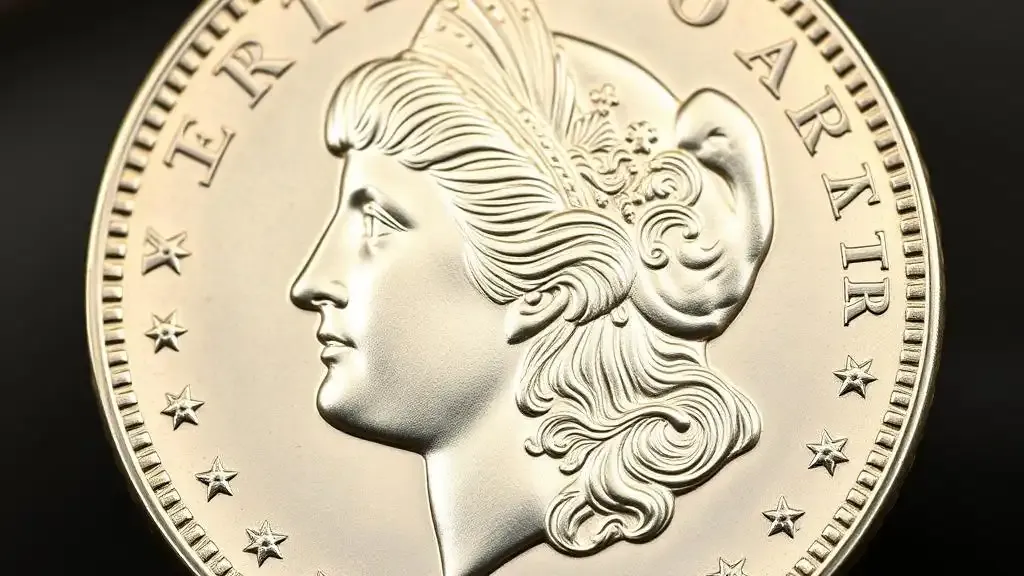
Semi-date coins, in turn, take the intermediate position as they are less common than key dates, yet they are still more precious and difficult to locate than regular coins. As for the examples, one is advised to pay attention to the following coins:
1921 Peace Dollar (USA): The 1921 issue is regarded as a semi-key date thanks to its low mintage and high demand, even though the Peace Dollar series is not typically noted for being overly rare or whatever.
1931-S Lincoln Cent (USA): Although fewer in number than key dates, collectors of Lincoln cents still highly prize this piece, which was produced in small quantities (866,000) when compared to other programs in the US or worldwide.
Ancient Coins
The first traditionally accepted coins appeared in Ancient times. During that period, a coin itself was some kind of a miracle, and the year of mintage was often not explicitly indicated in the same way as on modern coins, where the exact year is typically stamped somewhere on the coin. Instead, ancient civilizations referred to eras, special events, wars, kings, or important occasions that could have spoken more than just a few digits on the surface.
Greek Coins
In ancient Greece, coins usually included the image of a ruler or the patron deity of the city-state, but not the year of its creation. In fact, those responsible for the creation of the coins employed different styles, inscriptions, and known historical events to specify the time they managed to appear.
The renowned Athenian Tetradrachm, for instance, was struck in the 5th century BC, though it was not directly indicated on the coin, but it was credited with marking the peak of Athens' supremacy.
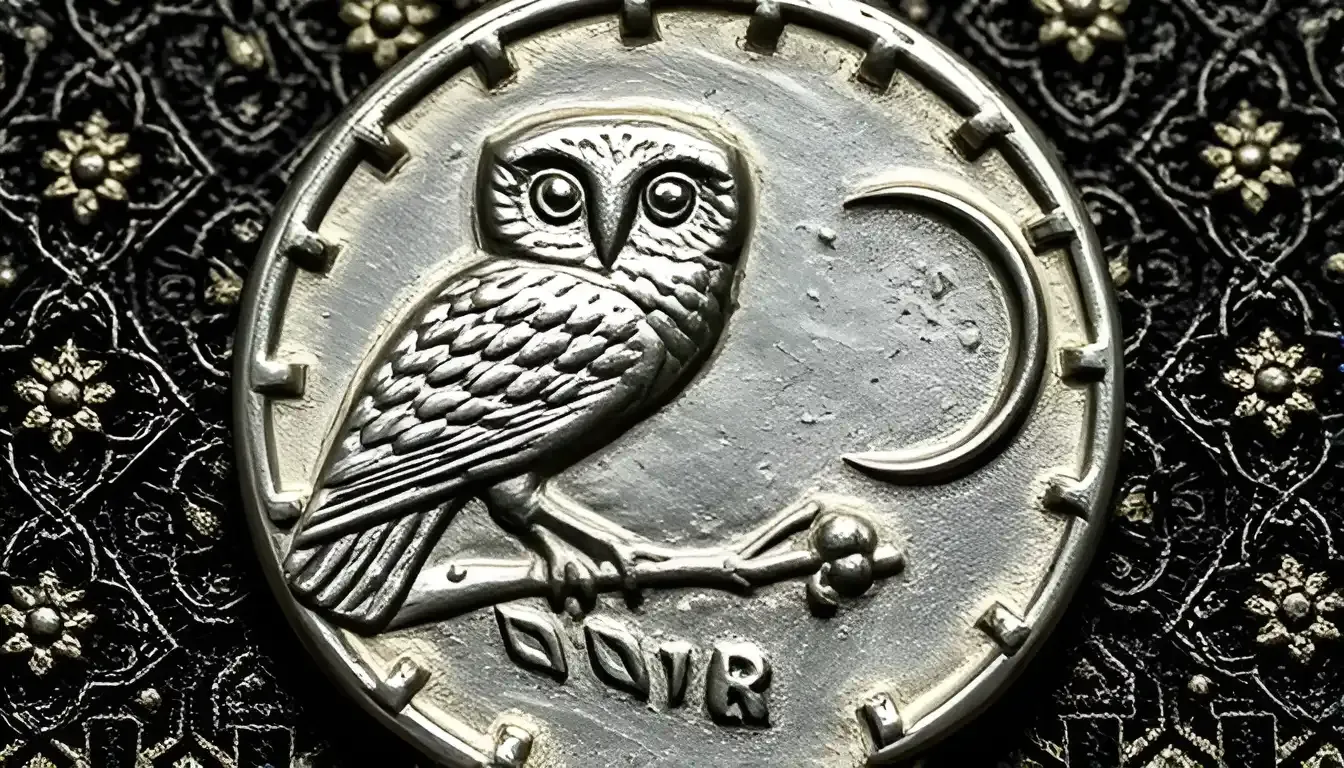
Roman Coins
As for the Roman coins, they sometimes had marks that subtly revealed the coin's year of production. Instances such as the Denarius of Julius Caesar, for example, may include the title "CONSUL" along with a number that indicates how many times the ruler served as a consul. Under later emperors, the Roman Imperial coinage often included more precise information, such as titles or allusions to significant events (e.g., anniversaries or honors of triumph) that evolved over time.
Egyptian Coins
Classical Egyptian Ptolemaic coins often featured the pharaoh in power and Greek numerals that denoted the regnal year (or the year of the ruler's dominion). As a fruitful example, a Ptolemaic Tetradrachm might include the portrait of either Ptolemy I or Ptolemy II together with Greek numerals that identified the year of their reign when the coin was minted.
This method of dating ancient coins is considered the most direct, but it was still based on the monarchs’ succession rather than the exact year only.
First Coins with Dates on Their Surface
As the numismatic sphere evolved, local mints and other establishments began to incorporate precise indicators of when a coin was struck. However, it did not happen in an instant, as it took several centuries to pass for them to gain more advanced numismatic instruments and artistic perspectives as well. So, these coins are notable for being the first to feature precise indicators of their exact years of mintage ever.
Jewish Coins
One of the first coins with clear dates on their surface were produced during the Jewish Revolt against Roman control. Coins from the first year of the uprising bore inscriptions such as "Year One of the Freedom of Israel" and the like.
Medieval Coins
At times, during Charlemagne's rule, coins (e.g., Carolingian Coins) might have featured dates or references to the year of the regnal dynasty. Indeed, these are the coins that represent a major shift toward more precise dating methods in medieval numismatics.

Islamic Coins
Moreover, at the forefront of innovative numismatics, there were the Islamic countries introduced the coins with the dates of minting, which was a breakthrough in this emerging/developing sphere. The exact year of minting was first incorporated into early Islamic coins, like the Umayyad dinar, in accordance with the Islamic calendar (Hijri). Finally, this is something referring to the modern coinage represented at its best.
How to Date Coins with No Marks?
Identifying dollar coins without a date might be time-consuming and challenging, though with careful analysis and coin inspection it is possible to understand what type of coin it is and when it was presumably minted. Here is what one should do in order to analyze a dollar coin no date at once:
Examine Design Features
Check the coin's design features, i.e., any emblems, symbols, or portraits depicted on it. Mind that some patterns may be linked to particular eras or geographical areas. Besides, it is a well-known fact that older coins tend to have more complex designs than contemporary ones, and some themes might only be found in particular historical circumstances.
Check the Wear
A coin's degree of wear might occasionally give clues about how old it is. Coins having a lengthy circulation history will exhibit higher degrees of wear compatible with their time in circulation.
Research Historical Context
Indeed, certain coins were produced so as to commemorate specific events and dates. Contextualizing the past might help one determine when specific numismatic instances might have been minted. Nevertheless, it is not an absolutely right way to comprehend history, since some contexts may be misleading anyway.
Use Online Resources and Digital Tools
Apps like Coin ID Scanner or those promoted by the PCGS/NGC majors offer large databases and discussion boards where coin collectors exchange information and photos. Besides, some tools include instant recognition by photo (don’t forget to follow coin pictures rules), which means these channels are to provide all the relevant data regarding the coin's origin, its characteristics, numismatic feedback, and more.
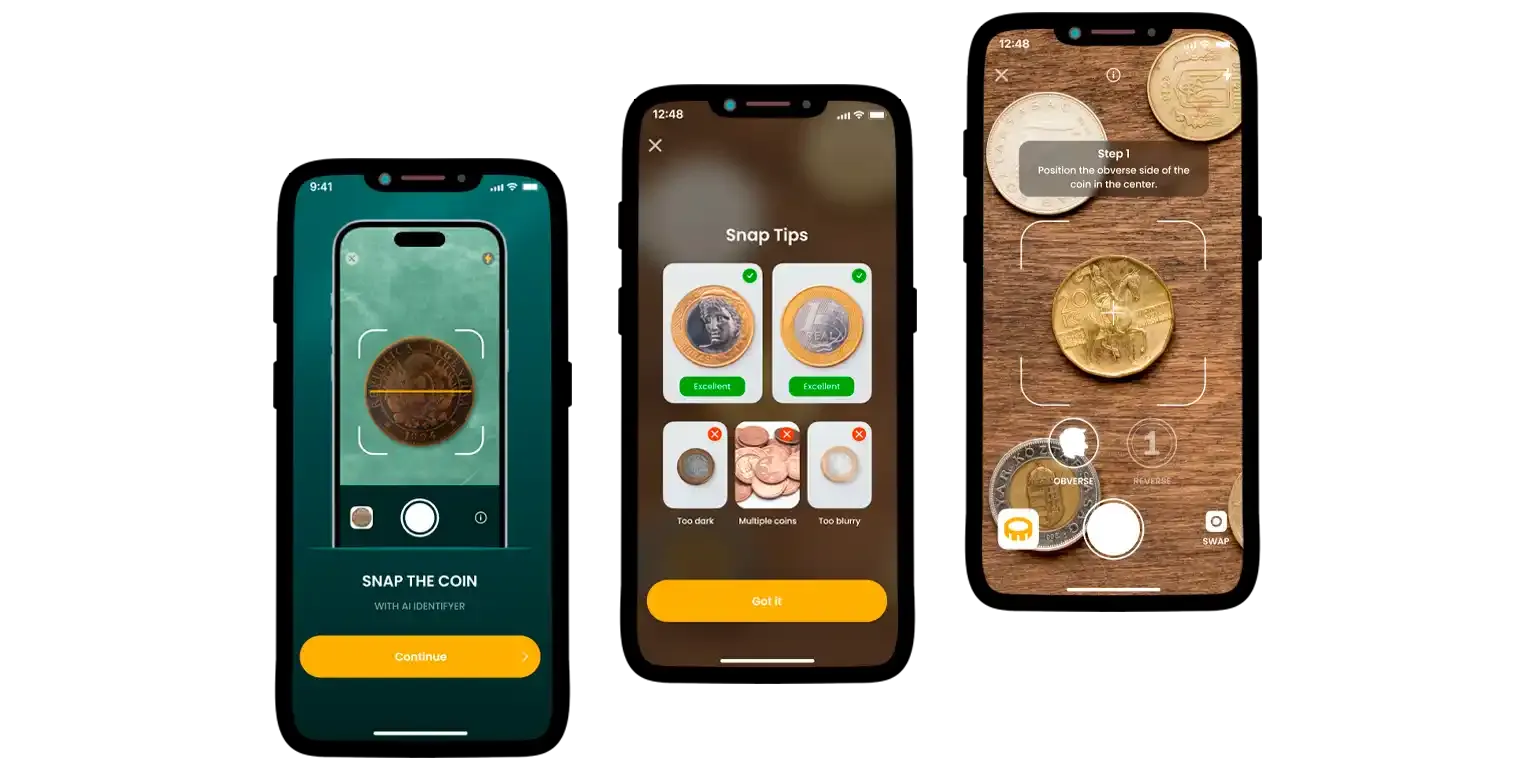
People need dates since it is a part of our nature. To remember the past, to pass it to the next generations, to perpetuate a moment for good. Should you wish to learn more about the coin, take a look at the time when it was minted. The answers lie in a time we can only imagine.

